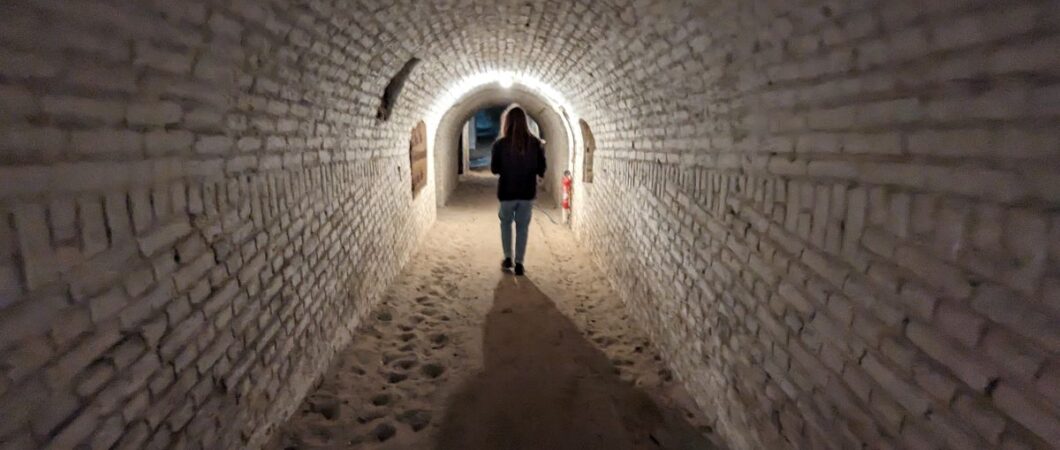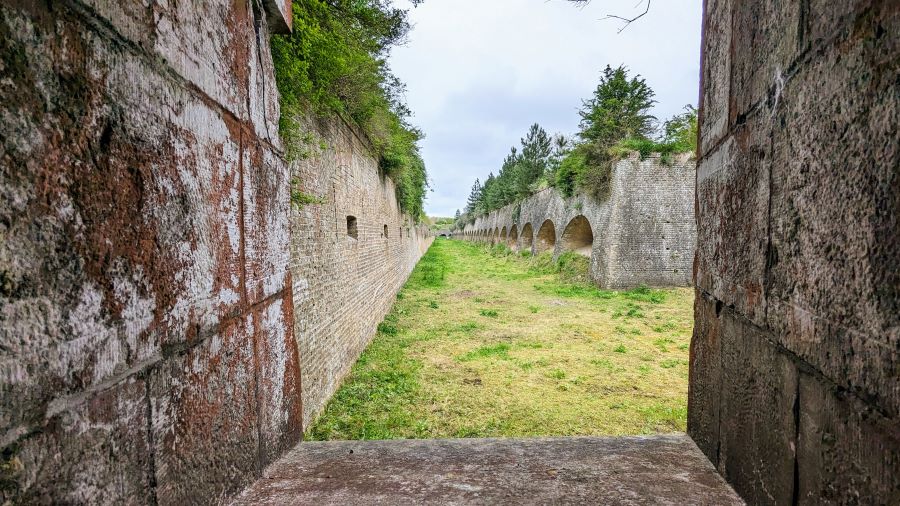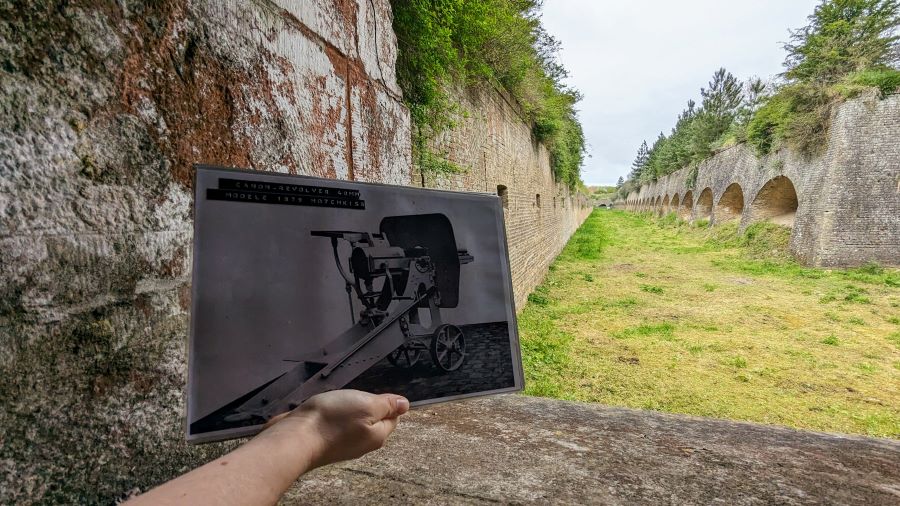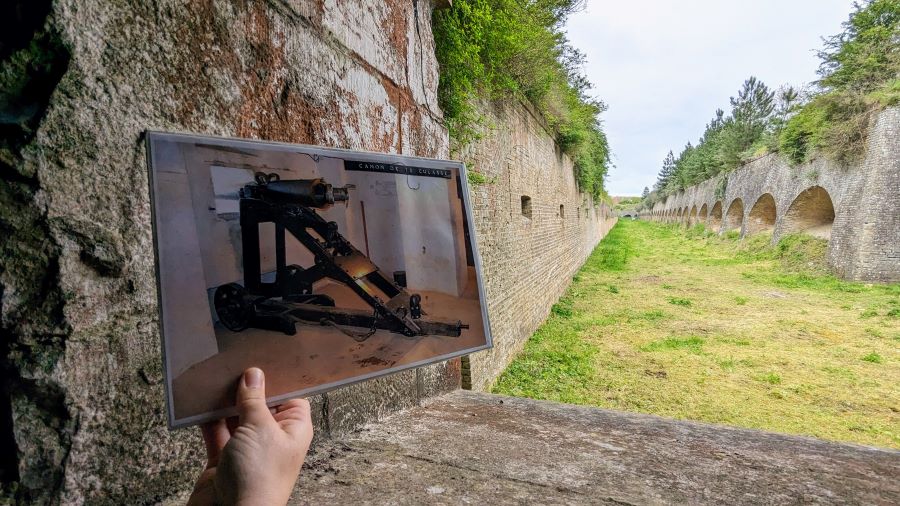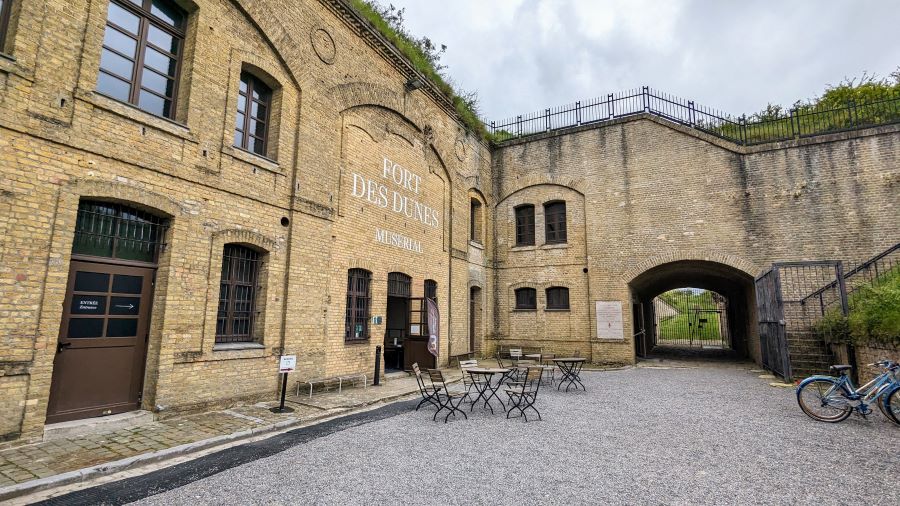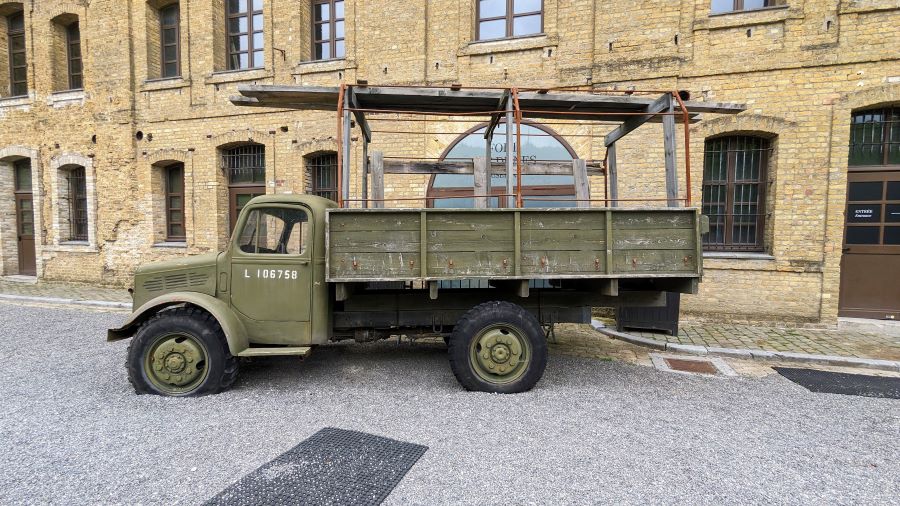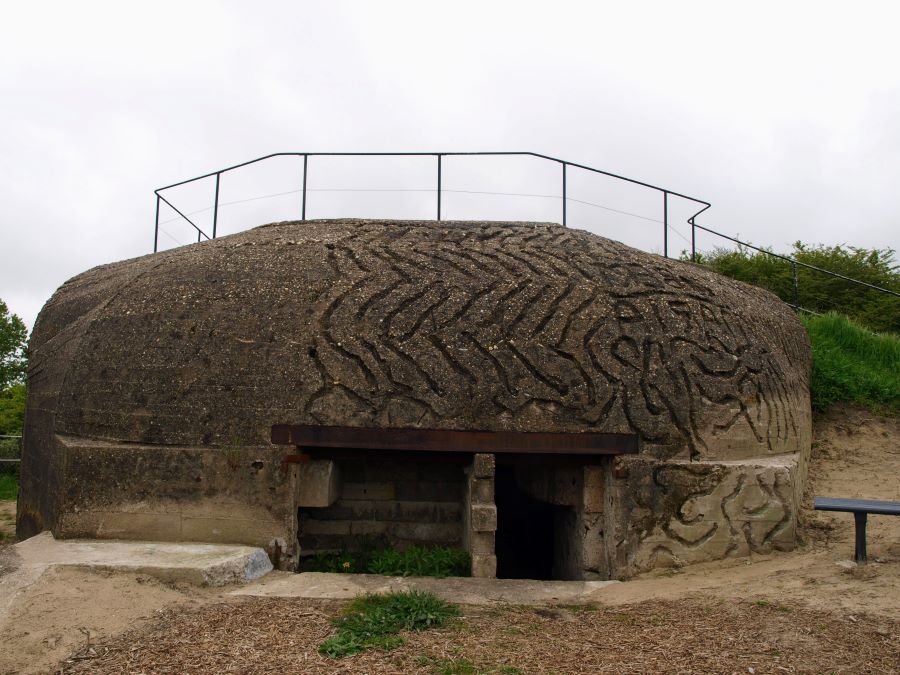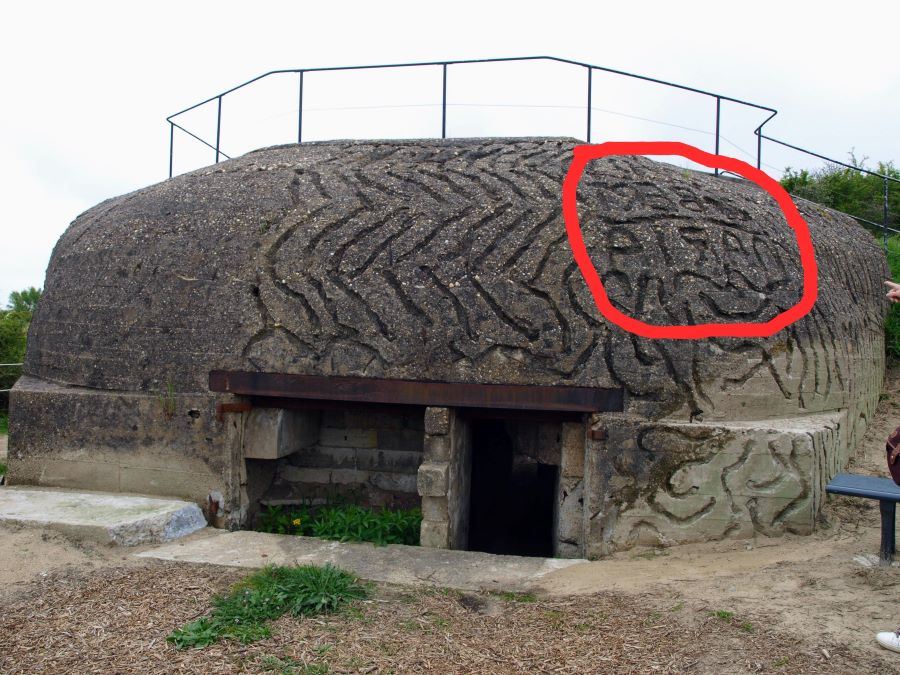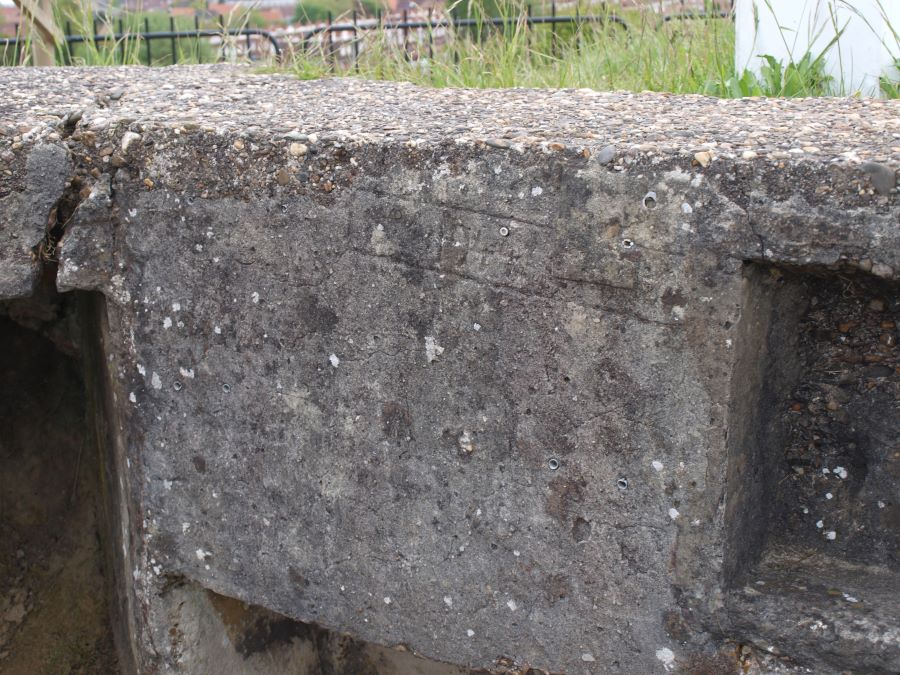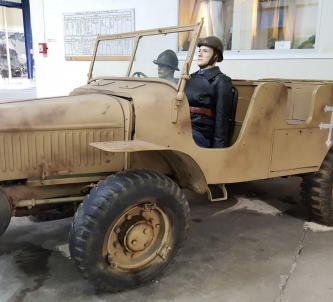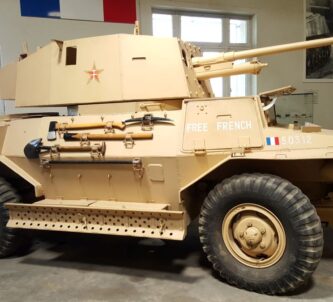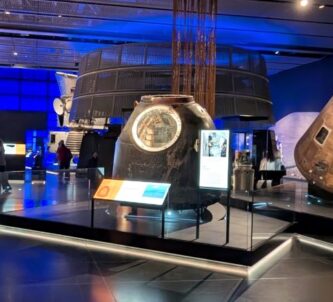Fort des Dunes is a 19th century fort built among the sand dunes at Leffrinckoucke in Northern France just behind the famous beach of Dunkirk. In fact it lies about eight kilometres from the border with Belgium and six kilometres from the centre of Dunkirk, so roughly halfway along that huge expanse of sand.
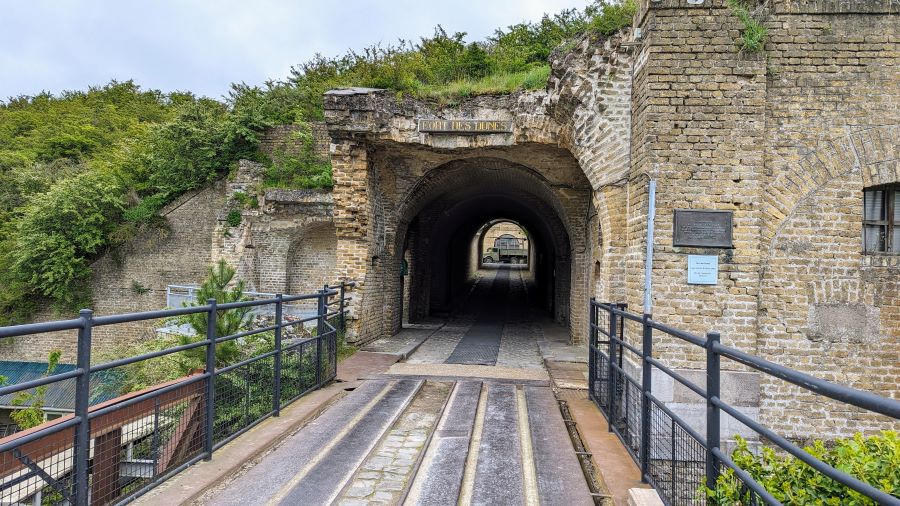
Now a “Musérial” (a cross between a museum and a memorial), Fort des Dunes was originally built in 1878 as a response to France’s disastrous short war with Prussia (1870-71), which not only triggered the unification of the disparate German states, but also ended France’s dominant status in Europe. Within six months the Germans had besieged Metz, captured Sedan, together with Emperor Napoleon III and 100,000 troops, and captured Paris! France was forced to pay hefty reparations and hand over most of Alsace and parts of Lorraine.
As a precaution against future invasion, the French military engineer General Raymond Adolphe Séré de Rivières was ordered to design and build a chain of modern defences (the old Vaubin design of forts could no longer handle the new generation of weapons and explosives) along France’s borders.
Fort des Dunes, or ‘Fort Leffrinckoucke’, was the anchor point on the coast at the western end of the defensive line of forts through France.
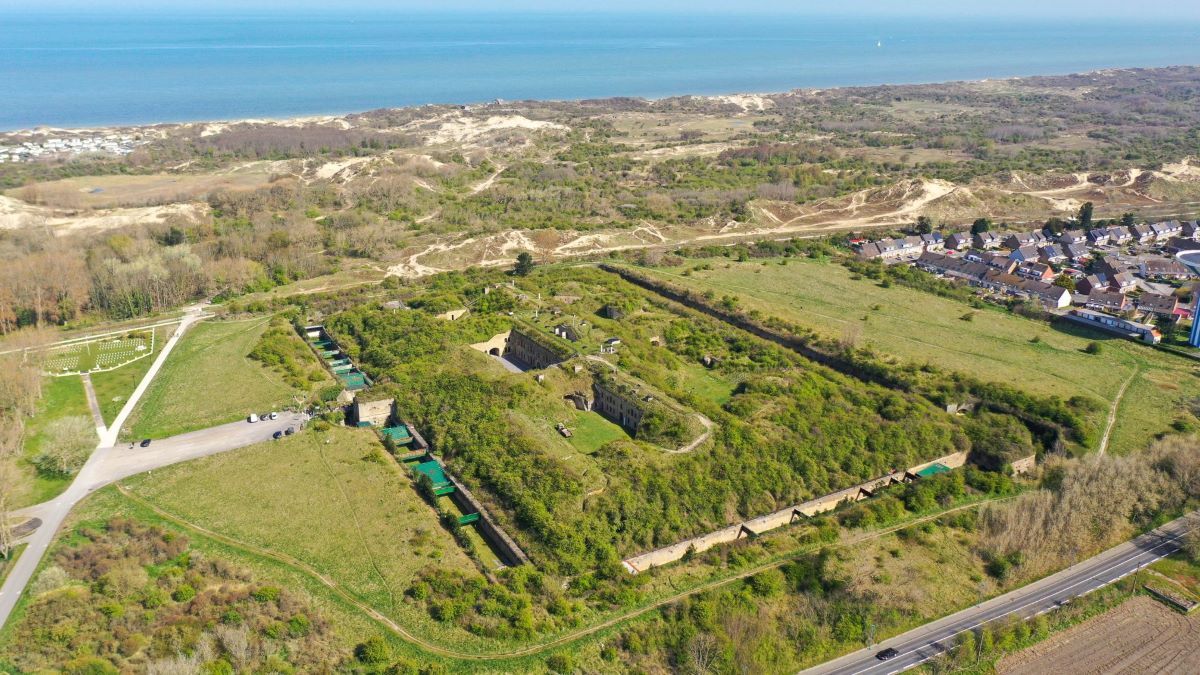
The 45,000 square metre rectangular fortress was made of brick, partially buried in the sand dunes, which made it resilient to bombardment, but its main defence was the dry moat surrounding it.
This featured an upgrade from the old 17th century fortress design of open topped outworks (‘lunettes’) – protrusions looking down on the enemy. Instead, covered ‘caponiers’ protruded into the dry moat enabling enfilading fire along the moat.
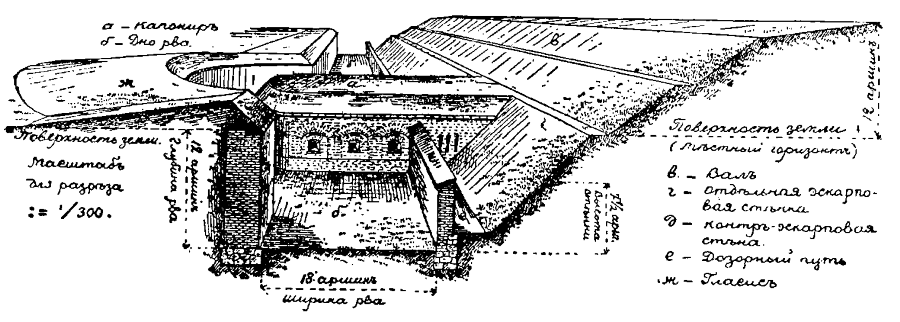
Fort des Dunes had one central caponier (French: “chicken coop”) in the long moat (French: “fosse”) on the enemy-facing northeast moat. The three other moats were covered from caponiers on the corners.
Of course, that was not all that was protecting the moat. There were defence galleries with rifle openings all the way along the inner walls. The result was that the fort may not have been completely resistant to bombardment with modern weapons and explosives, as was experienced later in the 20th century, but it would be an absolute nightmare to take by storm. Spoiler: nobody ever did!
The redoubt in the centre of the fortress had two courtyards with various buildings, including barracks for a garrison of 450 men, a command post, kitchens, a bakery, a cistern, and a powder magazine… which is now a performance space, The Zum Theatre.
Once built, Fort des Dunes became quickly obsolete. It was incorporated into the Maginot Line, but was used mostly as a base for reserve troops and ammunition storage up to and including the First World War.
However, it saw action in the Second World War, when it found itself in the middle of events during Operation Dynamo – the massed evacuation of British & French servicemen from the beach in May/June 1940.
During this dramatic period in the Battle of France it became a gathering place for French soldiers separated from their units to reorganise, and on the 1st June the French 12th Motorised Infantry Division (12e Division d’Infanterie Motorisée) under General Guillaume Janssen made it their headquarters.
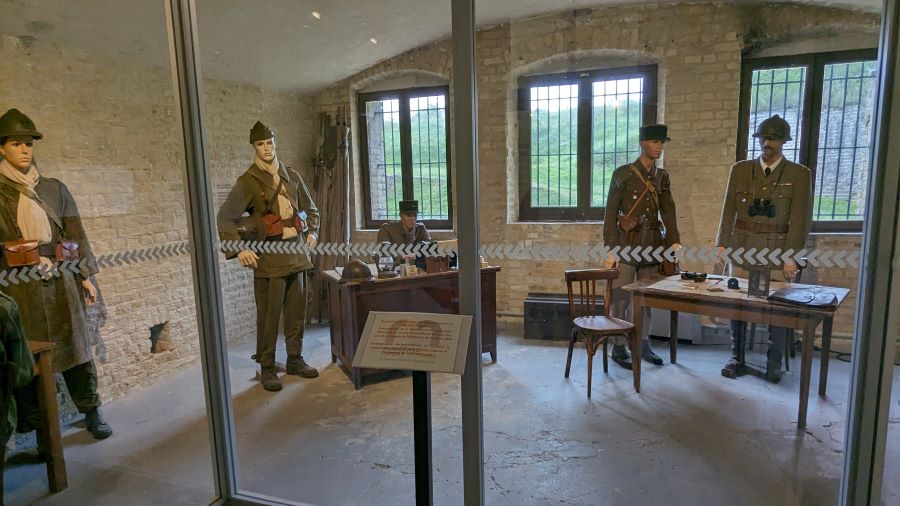
Bad timing! The next day (2nd) the fort was attacked by German Stukas. Two bombs fell on the courtyard (outside that window) killing a number of men, including General Janssen. And on 3rd June another Stuka raid badly damaged the fort and killed more officers and men.
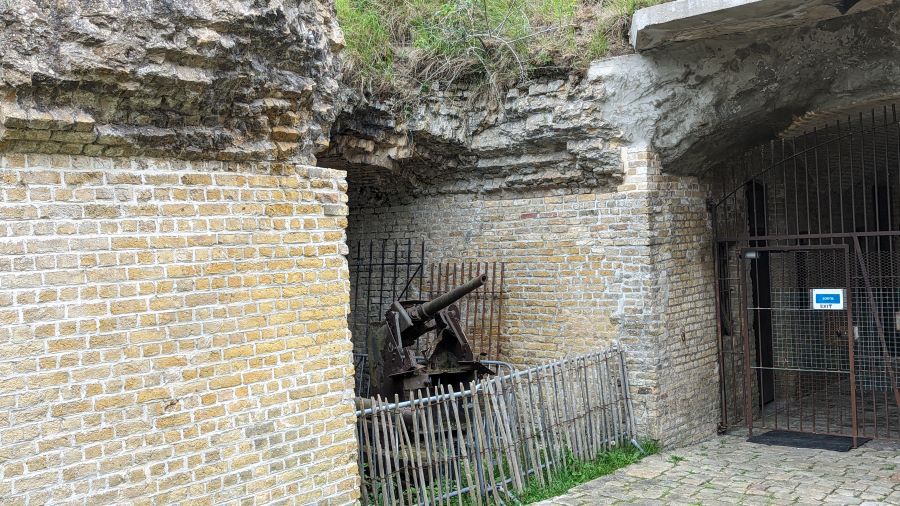
In total, over the two days, somewhere between 150 – 200 men were killed. Most of them, including Gen. Janssen, are buried in the war cemetery just outside the fort.
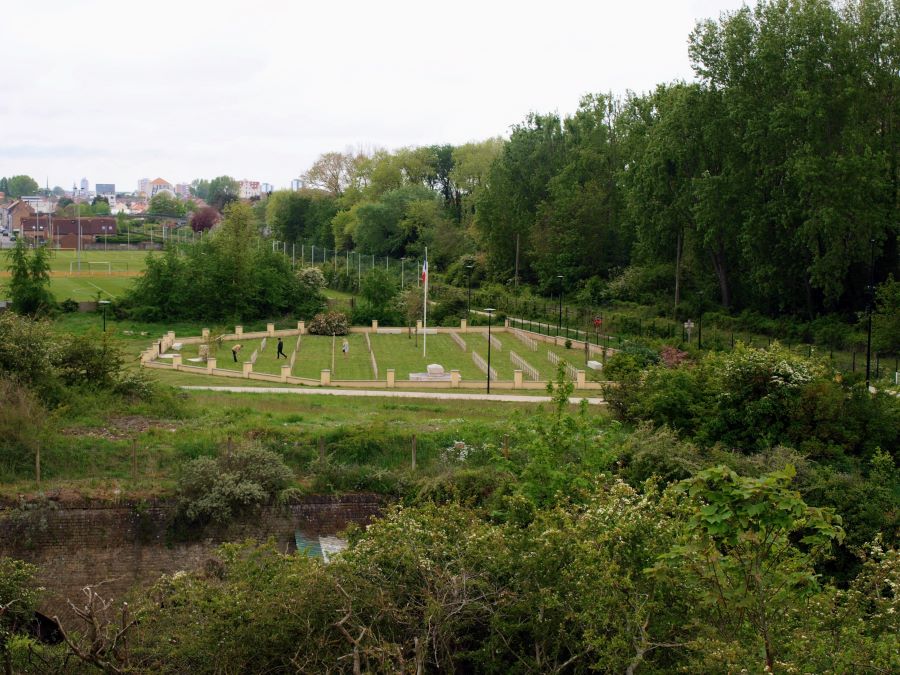
On 4th June the final evacuations from Dunkirk were completed and the Germans took over the fort. They quickly set about incorporating the fort and the nearby Zuydcoote coastal battery into Hitler’s ‘Atlantic Wall’.
Once the bomb damage had been cleared up, several additions were made. A ‘blockhouse’ was built on the west side, with an anti-tank gun (probably 50mm) covering the coastal railway from Belgium, which runs past the site. Some AA emplacements were added, and a Würzburg-Reise radar scanner*.
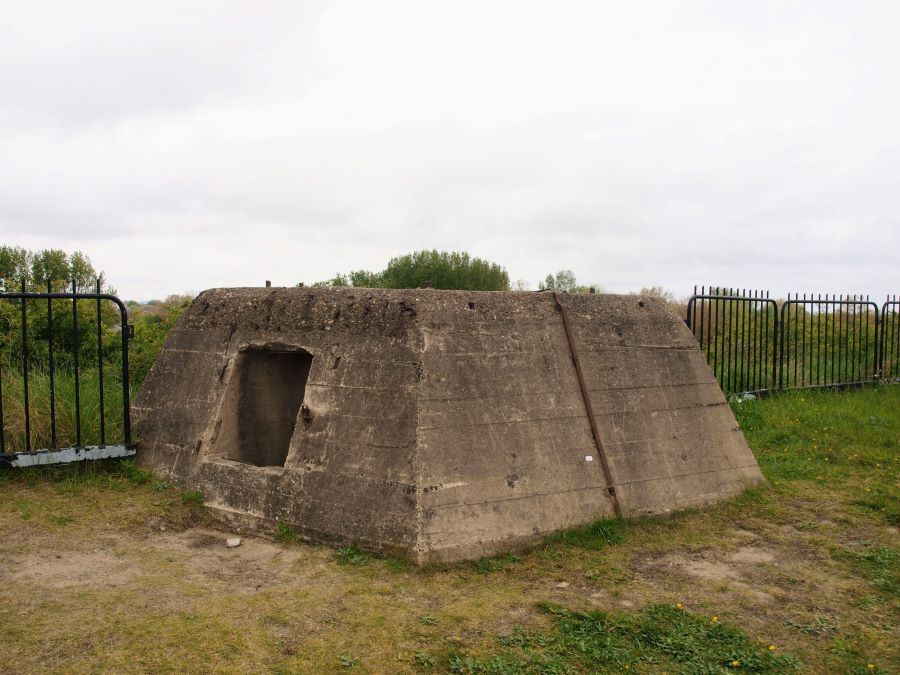
Something to look out for; somebody, maybe among the Todt Organisation workers charged with creating the camouflage pattern in the blockhouse concrete, disguised two names, written backwards, in the pattern: Robert and Maria.
And speaking of graffiti, somebody helpfully scratched the construction date on the side of the 20mm AA flak gun emplacement on top of the fort.
1944 must have been a worrying time for the Germans in and around Dunkirk. The approach of the Allies after D-Day must have seemed inevitable, and they would have been super-sensitive to the mood of the local population. So, there’s no surprise that they reacted quickly and decisively when a local resistance man attempted to kill a German artillery soldier in Rosendäel on the outskirts of Dunkirk. The Germans quickly surrounded the area and trapped eight men, including a father and son, in a house used as a hideout by the resistance. They were taken to Fort des Dunes and two days later, on the orders of a military tribunal, were shot in the north moat, where there is a plaque…
“A la memoire des huit resistans Francais victimes de Nazisme fusilles le 6 septembre 1944 dans ce fosse de fort des Dunes.”
Marcel Reynaert – 46 ans.
Roger Reynaert – 21 ans.
Elisee Willaert – 22 ans.
Robert Vangheluwe – 22 ans.
Georges Claeyman – 32 ans.
Vincent Dewaele – 22 ans.
Henri Gadeyne – 18 ans.
Daniel Decroos – 20 ans.
It’s poignant that you can still hear shots ringing out as you visit the fort. Since its early days, the dry moats have been used as firing ranges. They still are.
After D-Day and the Battle of Normandy, the Allies swept north through France pretty quickly, leaving Dunkirk as an isolated pocket under siege. The Germans held out to the end of the war. 10,000 Germans in the area finally surrendered on 9 May 1945, and most were held prisoner in the Fort des Dunes – where else?!
* Reportedly a Würzburg-Reise FuMO 21, which was a small naval flat screen variant. That concrete base looks to me like the normal base for a larger FuMG 62 parabolic scanner, but hey!
Declaration: I was on a self-driving press visit supported by Pas-de-Calais Tourisme. Museum entry was complementary.
Factbox
Website:
Fort des Dunes
Getting there:
Fort des Dunes
Rue du 2 Juin 1940
59495 Leffrinckoucke
France
There’s a free car park next to the Fort.
Entry Price (2025):
Tickets are available online or onsite. Online tickets are for specific dates.
There are audio guides in French and English for self-guided visits, or you can book a guided tour for 10 or more people.
| Self-Guided Visit | Guided Visit | |
|---|---|---|
| Adult | € 7.00 | € 8.00 |
| Child 7-18 | € 3.50 | |
| Children under 7 FREE | ||
There is also a combined € 10.00 ticket for the two museums; Fort des Dunes and Dunkerque 1940 Museum.
Opening Hours (2025):
The museum is open Tuesday to Sunday, 10am to 6pm, between 04 March – 31 October 2025. Last entry at 5pm.

